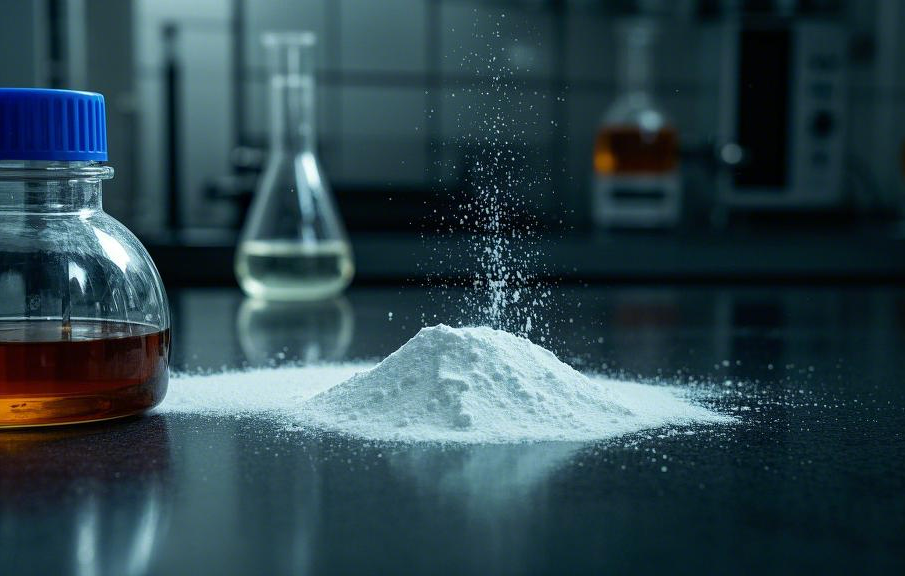I. Introduction to Hydrophobic Silica
Hydrophobic silica is a white powdery substance that has undergone special treatment, possessing hydrophobicity, high specific surface area, and unique physicochemical properties. Its hydrophobicity enables it to effectively prevent the penetration and erosion of water in adhesives, thereby enhancing the water resistance and service life of the adhesives. In addition, hydrophobic silica also has good dispersibility, thickening, and thixotropic properties, which can significantly improve the rheological and application properties of adhesives.

II. Specific Applications in Adhesives
(I). Enhanced Adhesive Strength
Hydrophobic silica can form good interactions with the polymer chains in adhesives, increasing the internal cohesion of the adhesives, and thus improving their bonding strength to various substrates. For example, adding hydrophobic silica to building sealants can significantly enhance the adhesion of the sealant to substrates such as concrete and glass, ensuring the durability and reliability of the sealing effect.
(II). Improved Rheological Properties
The thickening and thixotropic properties of hydrophobic silica enable adhesives to maintain good stability during storage and application, preventing the sedimentation and stratification of fillers. At the same time, during application, the adhesive has appropriate fluidity and operability, facilitating spreading and shaping. For example, adding hydrophobic silica to adhesives for automotive interior parts can improve the application properties of the adhesive, enabling it to maintain good bonding performance even in low-temperature environments.
(III). Enhanced Water Resistance
Due to the hydrophobicity of hydrophobic silica, it can effectively prevent water penetration, enhancing the water resistance of adhesives. In humid environments, adhesives with added hydrophobic silica can maintain their original bonding strength and stability, and are less likely to experience debonding and failure. For example, adding hydrophobic silica to adhesives for ships can significantly improve the durability of the adhesive in seawater, extending the service life of ships.
(IV). Improved Stability
Hydrophobic silica can enhance the thermal and chemical stability of adhesives, enabling them to maintain good performance in harsh environments such as high temperature and high humidity. For example, adding hydrophobic silica to adhesives for electronic devices can improve the high-temperature resistance of the adhesive, ensuring the normal operation of electronic devices in high-temperature environments.
III. IOTA Company and Hydrophobic Silica
IOTA Company, as a technology and innovation leader in the organic silicon industry, has always been committed to being a solution provider for the entire organic silicon industry chain. The hydrophobic silica produced by IOTA Company is of high quality and stable performance, and is widely used in adhesives, coatings, inks, and many other fields. IOTA Company maintains close long-term cooperation with several universities and research institutions in Nanjing, and strictly implements a comprehensive quality control system in production to ensure that all products meet customers' quality requirements. The products have undergone strict inspection before shipment, and strong technical support and scientific management ensure the provision of various high-quality new organic silicon products to customers.
IV. Application Prospects and Development Trends
With the continuous progress of technology and the changing market demands, the application prospects of hydrophobic silica in the adhesive field are broad. In the future, hydrophobic silica will develop towards high performance, multi-functionality, and environmental protection. For example, developing hydrophobic silica with higher specific surface area and better hydrophobic properties to meet the needs of the high-end adhesive market; at the same time, researching hydrophobic silica with antibacterial and mildew-proof functions to expand its applications in the food, medical, and other fields. In addition, with the increasing environmental awareness, green and sustainable production processes for hydrophobic silica will also become a future development trend.
